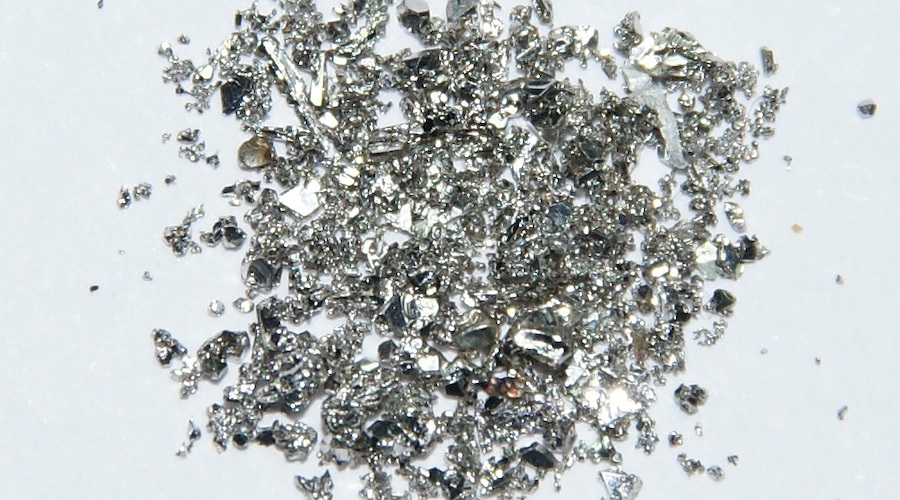
Nagoya University researchers are proposing substituting palladium spherical nanoparticles for nanosheets in catalysts used to produce hydrogen for fuel cells.
According to the group, a flatter, thinner surface would use fewer precious metals and increase the available surface area for the reaction.
In a paper published in the journal ACS Nano, the scientists explain that their discovery should increase the eco-friendliness of the energy-making process that involves using Pd in electrolysis to separate water into hydrogen and oxygen and employing such hydrogen in fuel cells to create electricity.
In detail, the researchers developed a ‘one-pot method’ that allows for the manufacturing, in a single glass bottle, of sheets that were so thin (1~2 nm) that they could be compared to the size of a single molecule or DNA strand.
“Nanosheets can be synthesized at a low temperature of 75°C in a single hour with no special reaction vessel,” head researcher Minoru Osada said in a media statement. “Although the conventional synthesis method struggles to synthesize nanosheets with a uniform thickness and size, our one-pot method can easily do this.”
Osada noted that the new nanosheets offer great improvements over existing technology.
“Our 2D nanosheets have 2.8 times more surface area than spherical nanoparticles because of their sheet-like shape,” he said. “They had over twice the catalytic activity of the current generation of hydrogen evolution catalysts in performance tests.”
Since hydrogen reactions are important for many industries, this research promises to have a transformative impact.
“To date, Pd nanoparticles have been widely used as important catalysts for various chemical reactions ranging from gas purification to pharmaceutical synthesis. Pd nanosheets may potentially replace conventional Pd catalysts and revolutionize these processes,” Osada said.